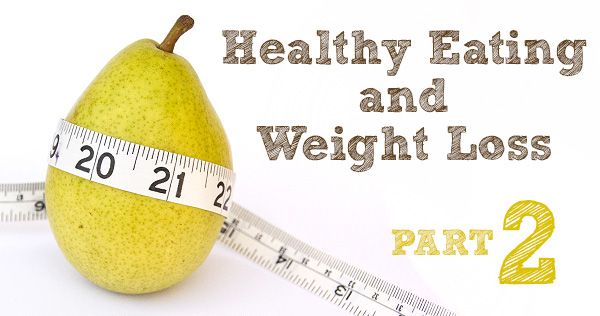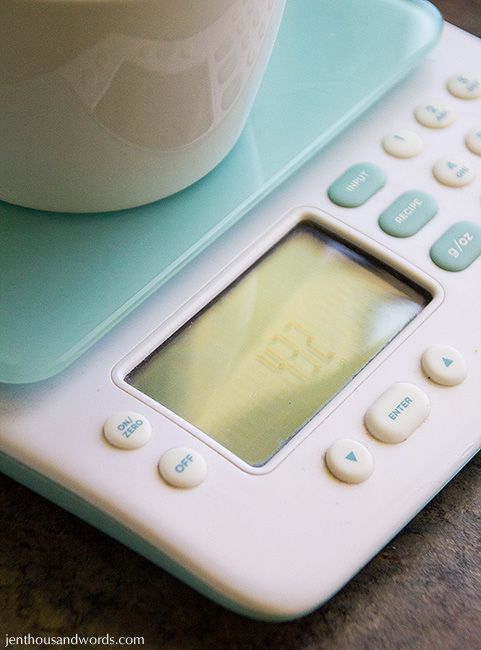
As I've mentioned before, I follow the Weight Watchers programme, but I think these tips could be applied to any healthy eating plan.
Track what you eat
"If you bite it, write it." Research has shown that people who track what they eat are more successful in weight loss. Knowing you have to write down what you eat makes you think twice about eating it - especially if you go ahead and share what you eat on the internet like I sometimes do! If you change nothing else, simply tracking your food will make a difference.
I make my own trackers that fit onto my little "command central". There is space to check off my daily points usage, glasses of water, servings of fruit / veg, whether I've taken my vitamins, and even how many steps I've walked that day (for when I wear my pedometer). If you'd like to download the PDF file of my tracker, click here.
Copy yourself

I don't just track to stay accountable, I also track for my own reference. When I have a busy or ininspired week and I don't want to sit and think about what to eat, I can just have a look at what I've eaten before in a day and copy that. It takes the guesswork out of meal planning. The worst part about weight loss is that you kind of have to think about food a lot - following your own trackers means that you don't have to.
Budget your points or calories

If you are following a programme like Weight Watchers (or counting calories) you will have a budget to stick to. I get 29 Weight Watchers ProPoints (same as Points+) a day but it's not going to help me if I eat 20 of them for breakfast.
Through trial and error I've worked out how many points I want to set aside for each meal or snack throughout the day - 5 for breakfast, 6 for lunch, 3 for afternoon snack, 10 for dinner and 5 for evening snack. In the photo above you can see part of the sheet of paper that I have inside my pantry outlining my points budget and ideas for snacks and meals within those points. If you would like to download the PDF file, click here.
I do switch it up - if I know I'm going to make something for dinner that is more than 10 ProPoints then I'll eat fewer at breakfast, lunch or snack time, but it's nice to have a general plan.
Always weigh or measure

It is in your own best interest to always weigh or measure your portions because if you're estimating then you could be eating too much. BUT, you could also be under-estimating and giving yourself too little of something. Personally I want to squeeze in every last gram of whatever food I'm weighing, and not go short!
I have the Weight Watchers food scales (thank you, Rebecca!) and highly recommend them.
